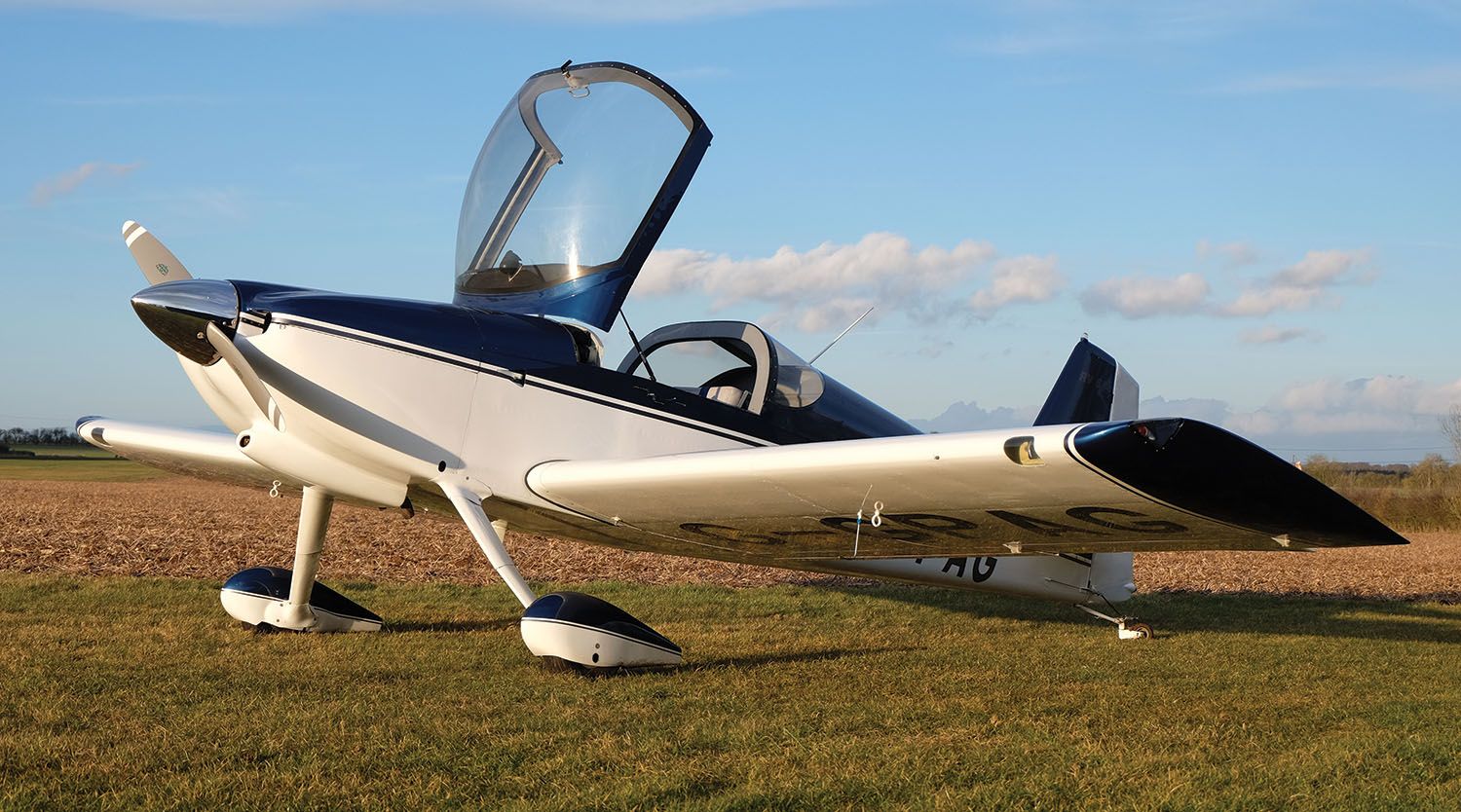 The success of Van’s Aircraft in general, and the RV-6 and -6A in particular, are legendary. More than 2600 of these kits have been built since debuting 30 years ago. As in the first article in this series we will take a look at the major points of interest to a prospective buyer of a used RV-6, including its history, an overview of the design, what to look for, engine options, typical avionics, common modifications, performance and owner support—both factory and user groups.
The success of Van’s Aircraft in general, and the RV-6 and -6A in particular, are legendary. More than 2600 of these kits have been built since debuting 30 years ago. As in the first article in this series we will take a look at the major points of interest to a prospective buyer of a used RV-6, including its history, an overview of the design, what to look for, engine options, typical avionics, common modifications, performance and owner support—both factory and user groups.
Just for those who may not be familiar with Van’s model designations, a model number ending in a number has conventional (taildragger) gear. If the model number ends with an “A,” the airplane has tricycle gear.
History
The RV-6 first flew on May 31, 1986, with tail kits becoming available that same year. Kit production ran from then until 2001, when it was replaced by the slightly larger RV-7. As of late 2019, some 2670 RV-6 and 6A kits have been completed. That makes the RV-6 in both its versions the most popular Experimental/Amateur-Built airplane ever made. The pace of RV-6 completions has slowed considerably since its heyday, but even 18 years after production ended there are still kits being completed.
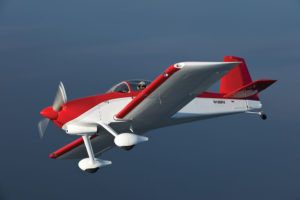
The RV-6 came out to meet the demand for a side-by-side alternative to the very successful RV-4, which came with tandem seating and conventional gear only. The RV-6 made dual instruction much easier and provided an environment that was more conducive to pilot/copilot interaction—and more familiar to those coming from conventional production aircraft. These changes produced a design roughly twice as popular as the RV-4. So, just from those numbers, if you are looking for a used Experimental it is likely that you are at least considering an RV-6 or 6A.
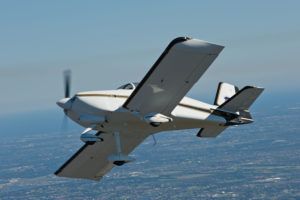
The first RV-6 kits were available as taildraggers, with the tricycle version (RV-6A) coming along in 1988. Van’s still has the original RV-6A prototype, but it no longer flies. Early kits did not have pre-punched skins, so builders had to do their own rivet layout, just as they did with the RV-4. Prepunched skins didn’t become available until the mid-1990s. This is not the same as the match-hole kits now available for the RV-12 and RV-14, but it was a great improvement over the undrilled kits, and it marked the beginning of the process of the factory doing more fabrication for the builder. The first canopies were hinged at the front with sliding canopies coming later as an option. There are many planes in both versions on the used market. Many people like the sliding canopy for its better ventilation during ground operations.
A larger vertical stabilizer and rudder became standard in late 1999, with all RV-6 kits being sold this way until the RV-7 came out in 2001. About half of all RV-6 kits were built as trikes.
Designed by Experience
Remembering that the RV-6 descended from the very sporty RV-4, it is no surprise that the RV-6 shared many of the basic design elements of that earlier plane. Handling is crisp and light making the plane definitely fun to fly.
With an original design gross weight of 1600 pounds, the RV-6 was meant to be kept light for optimum performance. Engines such as the Lycoming O-320 and O-360 were ideal for this plane, but the heavier 200-hp angle-valve 360 engines were too heavy to work well in the RV-6. It is important to find a plane that has not been built too heavy if any useful load is to be retained. Many builders have dealt with this problem by taking it upon themselves to increase the gross weight to match the 1800 pounds of the RV-7, but Van’s strongly objects to this. It is not like there are lots of RV-6s falling out of the sky because they are overloaded, but a buyer should not expect to meet the factory performance numbers with a plane that has its gross weight increased by 200 pounds over the factory recommendation. The airplane was never intended to be a heavy hauler, so if you really need more of a utility airplane, you should probably be looking at something other than an RV-6. This is not a criticism of the design.
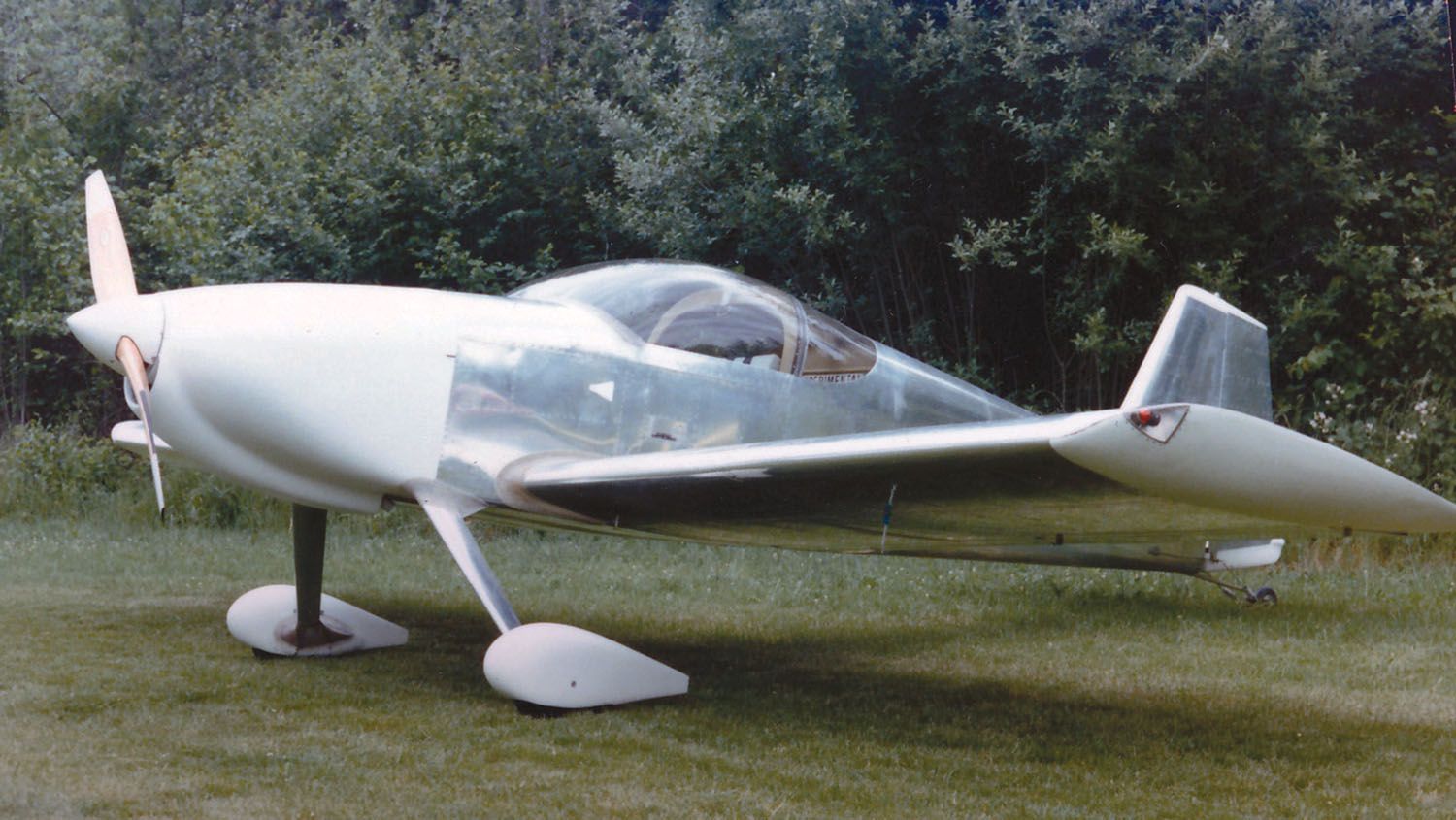
The relatively short wingspan and deep chord make for a snappy roll rate, but owners complain about the poor ride this wing produces in turbulence—it’s a matter of both wing loading and lack of mass near the wing tips. The verdict is mixed on small tail versus large tail (only available the last two years of production). There does not seem to be any agreement about whether or not it improves handling or dramatically changes the nature of the RV’s stability, which is actually very good.
The conventional all-metal design makes it fairly easy to find people who are equipped to handle repairs and maintenance when needed, and the near ubiquity of RV models—more than 10,000 built, remember—means that expertise is seldom far away. Its construction also makes the RV-6 easier to inspect for build quality, certainly much simpler than an all-composite design would be.
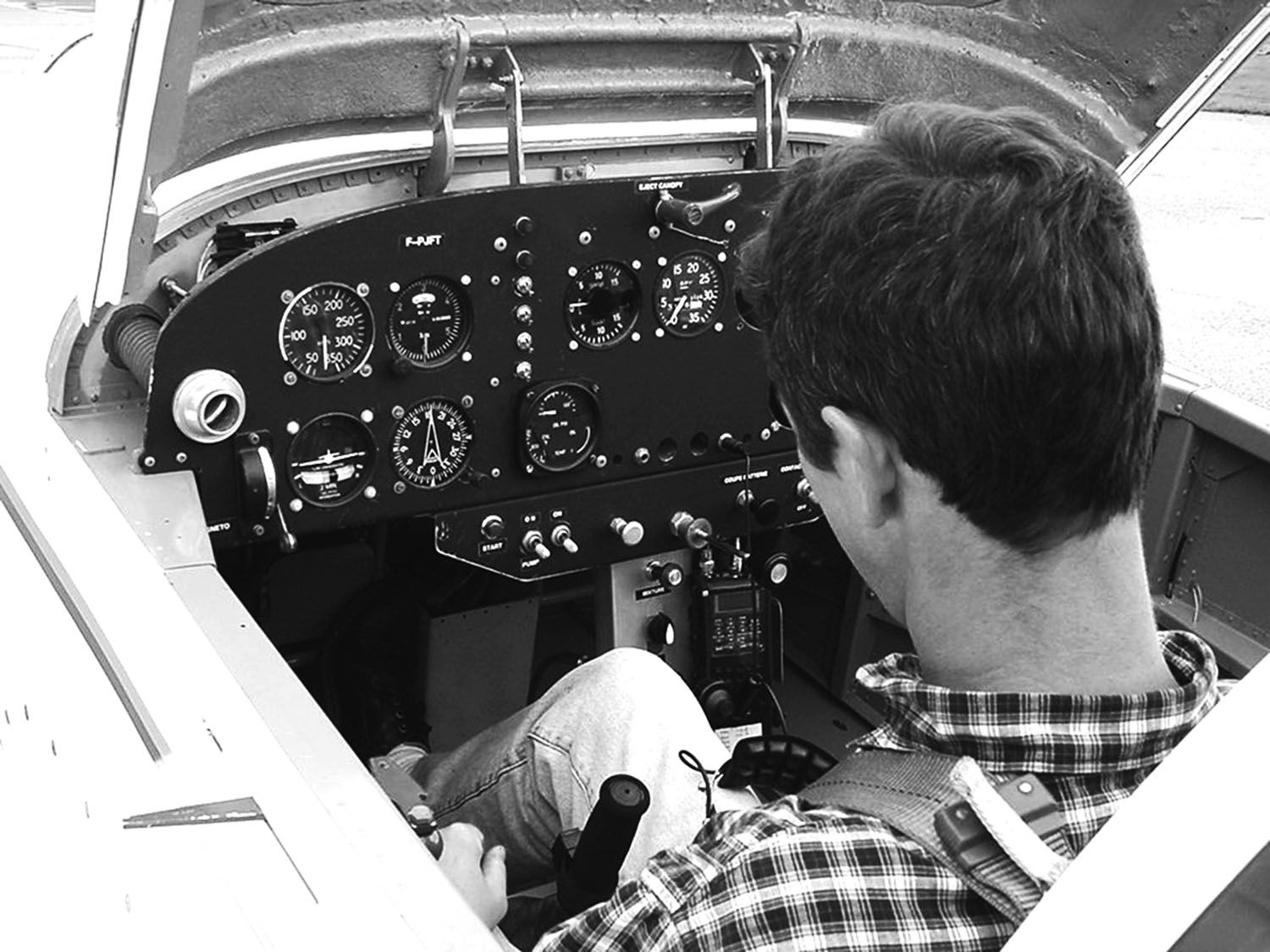
Different Configurations
Like the GlaStar we previously reviewed, the RV-6 can be built as a trike or a taildragger. Unlike the GlaStar, though, switching from one gear configuration to the other is not really something you can do. You make your choice up front and live with it. As with the GlaStar, flying characteristics of the two configurations once airborne are virtually identical until it comes time to land again. There is always a debate over whether the trike or the taildragger is faster—Van’s gives a two-knot speed advantage to the taildragger—but actually realizing that speed difference can be elusive.
Do not seek out a taildragger because you think it will be faster; look for such a plane because you need the better prop clearance that the design provides. This makes it better suited for operating off of unpaved strips. Typically, though, insurance rates favor the trike, especially for pilots with little to no taildragger time.
Most of the RV-6s available will have fixed propellers. There are some available with constant-speed props, but the extra weight, especially when paired with the heavier 180-hp engine, presents challenges with excess empty weight and forward center of gravity. These problems can now be mitigated somewhat with new composite props but at added cost. Most RV-6s were constructed in an era of cost-conscious builders, so unless modified later, most RV-6s are going to be simple machines without a lot of more expensive options.
What to Look For
As with any airplane, maintenance records are important. Add to this service bulletin compliance. The RV-6 is not a troublesome plane, but overly enthusiastic aviators have found ways to stress the airframe to its limits. Look for compliance with Service Bulletin 16-03-28 that deals with possible cracks in the aft wing spar at the inner aileron hinge point. This is a routine inspection item in most cases.
Service Bulletin 14-02-05 deals with possible cracking in the elevator spar web at the points where it attaches to the horizontal stabilizer. It is a simple fix if cracks are found. Otherwise, it is just a yearly inspection item. Also, Service Bulletin 14-01-31 calls for looking for cracks in the horizontal stabilizer front spar at its inboard end. Again, it is just a yearly inspection item unless cracks are found.
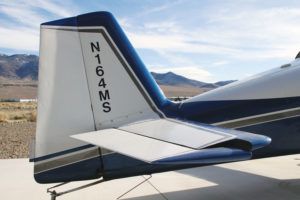
There are two service bulletins that deal with the nose gear on RV-6As only. SB 07-11-09 requires upgrading of the nose gear leg and nosewheel fork on all RV-6A kits shipped before February 2005. Everyone should have long-since complied with this service bulletin, but you should check to make sure if you are purchasing a plane built from an older kit. There is also a service bulletin to check for the proper orientation of the nosewheel stop flange—SB 14-12-22. This is normally a no-cost item that simply required a one-time inspection and correcting if required.
A big item of concern, and one that is usually quite obvious, is fuel tank leakage. The RV-6 uses a wet-wing design, as do all of the RV models. This means that there are no separate fuel tanks or bladders inside the wings. Thus, the wing parts must be properly sealed as the wings are assembled. Leaks can occur at rivets that are not properly installed. Be sure to have the tanks full when you do your prebuy inspection and carefully check for any signs of leaking.
Sometimes it is fairly easy to fix this problem, but sometimes it isn’t. Some owners have employed a technique called sloshing to coat the entire inside of the wing tanks with sealant to stop leaks. Van’s has discouraged this since the early 1990s, but that doesn’t mean that it hasn’t happened. Service Bulletin 11-9-13 talks about the problems that can result from sloshing that fails to hold. In the worst cases sloshing can come loose and plug up the fuel system resulting in engine failure.
There are other service bulletins, but these are the main ones. Be sure to review all of the service bulletin information available at Van’s website and look for a record of compliance during your prebuy inspection. Lastly, take a good look under the panel and around the rudder pedals and brakes for leakage or other problems. It is not that problems there are common, but it is uncomfortable to do repairs in those areas.
Other areas to consider. According to Vic Syracuse, who has seen the insides of many RV-6s, there are some common gotchas. “RV-6s should be checked very carefully for cracked landing gear mounts. Some will have cracks right along the weld joint.” Another area he notes, and this is partly the result of the 6 being an early kit, “On all RV-6s, the most common problem is a lack of good edge distance on the horizontal stabilizer mount to the fuselage. The early 6s were not prepunched, so there is a lot of room for error in this area.” Obviously, the more recent prepunched kits don’t have this problem because the factory took care of the edge distance for the builder. Finally, says Vic, “Another area is to make sure the modification has been done to the forward fuel tank attach point. It should be slotted and then attached with a drilled-head bolt, nut plate and safety wire. This is to allow the fuel tank to pull away from the fuselage without breaching the fuel tank in the event of an accident.” 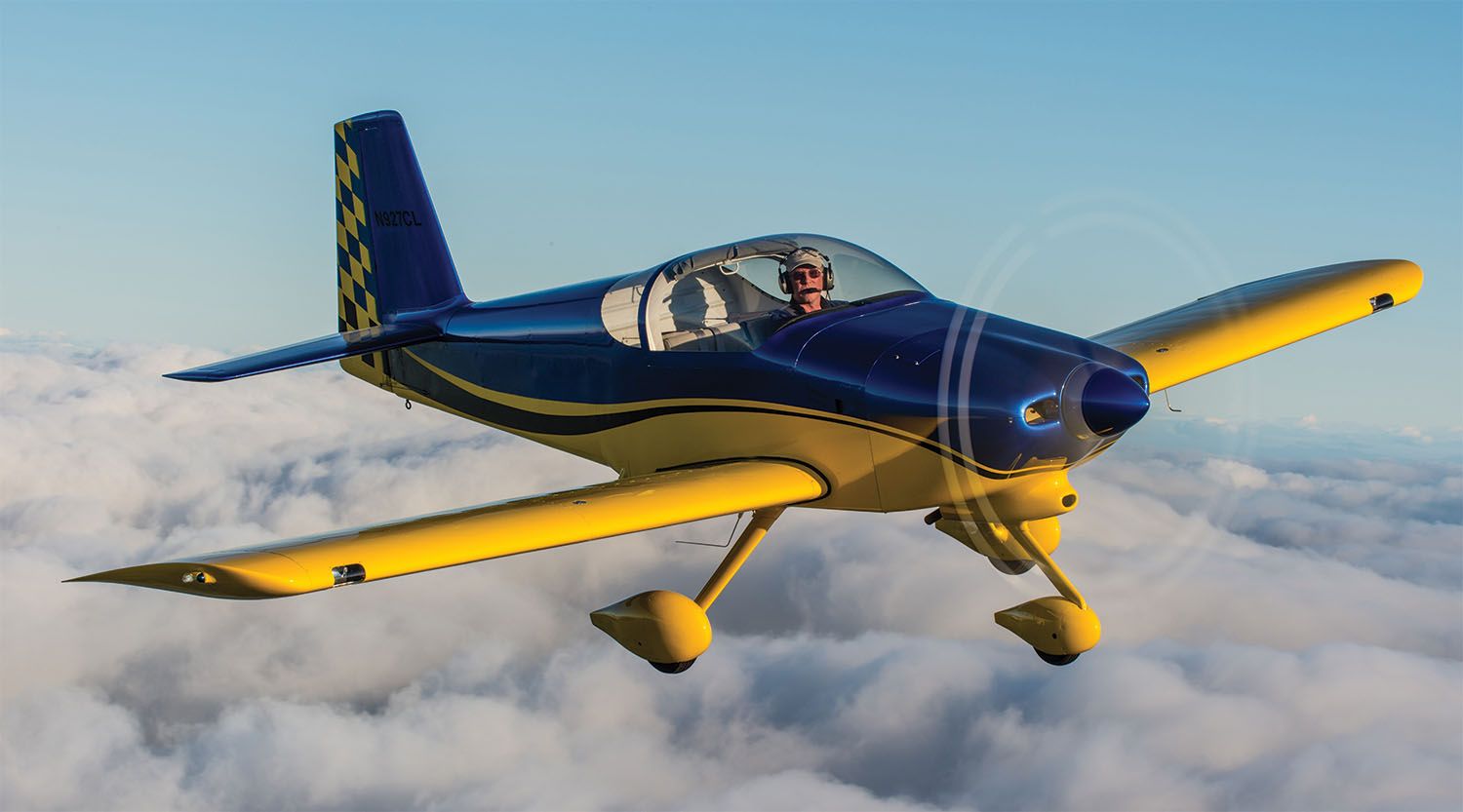
Engine Options
Most RV-6s have either a Lycoming O-320 or an O-360. Lycoming clones by Superior or ECI (now Continental) were not popular when most RV-6s were built but you may run into them as replacement engines. Some early RV-6s may have the older Lycoming O-290 engine. Lycoming does not support these engines anymore, so parts can be hard to come by. The 290 also produces only 135 hp, making planes so equipped poorer performers compared to their higher-powered peers. The decreased performance as well as potential parts issues should be reflected in the price of a plane with one of these engines.
Subaru auto conversion engines were popular with RV builders for a while, but most have not withstood the test of time—they depress the value of any RV-6 compared to one with a more conventional engine.
Many RV-6s will come with fixed-pitch metal props by Sensenich, but there are some with constant-speed props or other types of fixed or ground-adjustable props. Economy and forward CG issues drove most RV builders to the simple fixed-pitched solution. A Hartzell constant-speed prop will add 15 to 17 pounds to the nose compared to a fixed-pitch Sensenich metal prop.
Typical Avionics
Most RV-6s were built with VFR avionics at a time when GPS was still a new thing. Therefore, do not expect to find many with IFR approach-approved GPS navigation capability. Many owners have added handheld units, some even panel mounted, but a Garmin GNS 430W would not be a common thing to find in an RV-6. These planes were built in an era when economy was the overriding concern, so most panels are going to be wired by the original builder and feature a mix of lower-priced avionics. This is not where you are going to find a $40,000 panel by SteinAir or Aerotronics. That said, you will see planes that are IFR-legal but rely on VOR navigation to achieve such status.
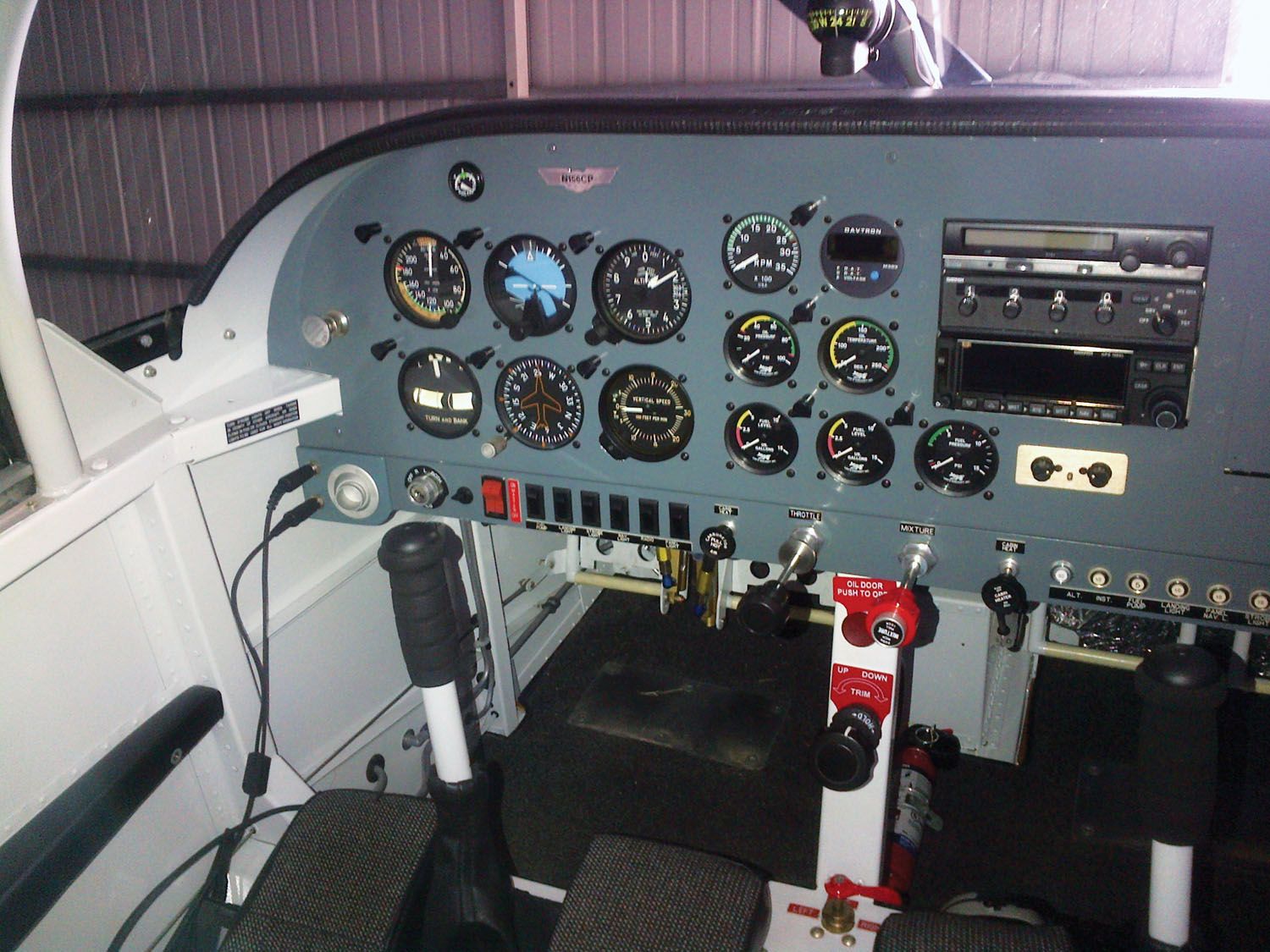
Someone who wanted a good piece of transportation at a good price could consider upgrading an RV-6 panel with either a used GNS 430W, a new Garmin GNC 355 GPS/com, or a new GPS 175 navigator while retaining the existing com radio. Add a means of ADS-B Out and you have a capable IFR panel for years to come for somewhere in the range of $6-10,000. That is a substantial investment, but one that should retain most of its value at resale time.
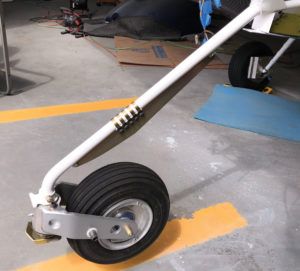
Common Modifications
The most common modifications to the original RV-6 design came from the factory, namely the larger tail and the sliding canopy. However, retrofitting either of these would not be something that many people would consider. Electric flaps and trim are common modifications that can be added later.
Anti Splat Aero has a host of minor modifications available, such as nose gear reinforcement (Nose Job), vertical stabilizer reinforcement, cup holders and more. These are what you would call bolt-on modifications that are easily installed and easily removed—and popular enough to be widely found.
Performance and Flying Qualities
In general, the RV airplanes have been known for good cruise speed and sporty handling. They also exhibit decent slow speed handling, allowing them to handle fairly short fields. The RV-6 and 6A certainly embrace those desirable traits.
An RV-6 with a 150-hp engine can cruise at just over 160 knots at 75% power. With a larger 180-hp engine, that goes up to 173 knots. Knock off about 2 knots for the trike version. Stall speed for both versions is listed as 48 knots. A moderate wing loading of 14.5 pounds per square foot and a friendly airfoil design produce stalls that are generally devoid of drama. This makes for a plane that can easily be operated out of a 2000-foot strip at sea level, with even better performance available to the experienced pilot.
A fuel capacity of 38 gallons gives about 3 hours of endurance with reserves, making it not particularly long-legged, but a range of 600 to 650 nautical miles is readily achievable with a little care. And, really, that’s about the most people can comfortably endure anyway. It just calls for some careful planning if your destination does not have fuel available.
Any buyer should take a test flight before laying down hard cash, but a loose approximation of the RV-6 handling can be experienced in a Grumman Tiger or similar model. If you are coming out of a Piper Cherokee, the RV-6 will seem like a sports car, but it doesn’t take most people long to get used to it. The greater problem is that after you have been flying the RV-6 for a while, you will never be happy flying a Cherokee again. The only complaint I have ever heard about RV-6 handling is that its ride in turbulence is harsh by Cherokee standards.
Resources
By far the largest and most active user group in Experimental aviation is Van’s Air Force. It is a tremendous source of information about all things Van’s and RV airplanes. There is even a section devoted exclusively to the RV-6 and 6A. What’s more, the Van’s factory does a great job of making service information and parts available on its website, which is often utilized by non-RV builders such as myself. Van’s also has live technical support by phone during limited hours, but many builder problems can be solved on the forum or by a search of its archives. The RV-6 kit has not been sold for many years, so factory support is limited to parts, but ample information and assistance is available for those who need them—by now, the RV-6 is a well-understood aircraft.
Prices
A decent RV-6 or 6A will be around $60,000 with a low- to mid-time engine and VFR or light IFR avionics. For that price, the RV should be in very good shape cosmetically and mechanically. Good IFR radios such as a Garmin GNS430W will add to that, and high engine time will subtract. There are RV-6s available in the $40K range, but expect them to need work, sometimes lots of work. ADS-B already in place is another plus to the value for most people and certainly for resale. As with all things it is usually smarter to pay more and get the best plane you can rather than pay less with the intention of fixing it up. Somehow the fixing up always costs more than you think.
Calendar age isn’t a big factor for the airframe value, but years of little or no flying can take a toll on the engine. A careful prebuy inspection is always vitally important before any such purchase.
There is a reason why Van’s sold so many RV-6 and 6A kits. They represent a very good value for an airplane that serves most people’s needs very well. It is a little tight on space for big guys and does not hold a great deal of baggage, but it hits a sweet spot for a lot of pilots looking for affordable performance.
Photos: Dave Prizio, Paul Dye, Cary Peebles, Jonny Salmon, courtesy of Van’s Aircraft.

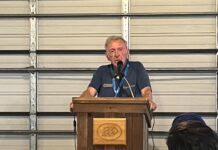
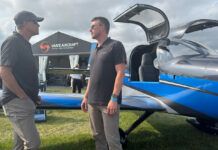
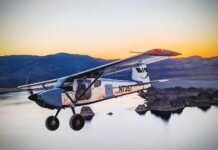
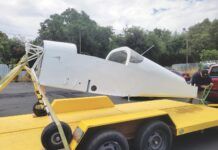
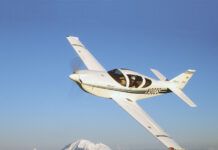




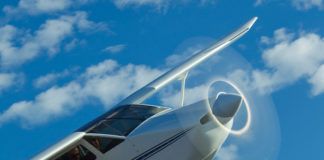
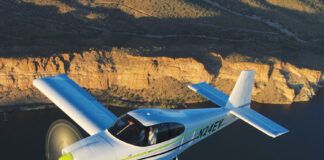
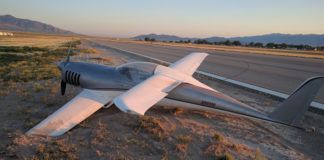

I see at least one item needing correction. The Original RV-6A N666RV is indeed still flying has almost 6000 hours on it and is still serving all the time a s a transition trainer. Mike